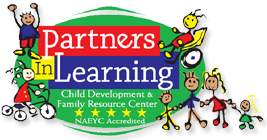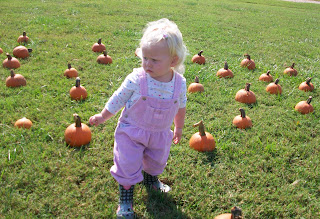Our theme this week in our classroom is camping, therefore we
have been talking about the things you need to take with you when you camp. The
number one answer was a tent, the children were very happy to hear that we were
going to build our own tents! All we needed were sheets and clips. The
children came up with different ways to put up the sheets and used different things
in the classroom to drape them over. After the children got the forts up, it
was interesting to see what they brought into the forts to play with. Some were
taking books and reading with a partner, and others were bringing dishes and
other items for pretend play. The children loved it and did not want to do
anything else! So why is building forts in the classroom so important?
WHY BUILD FORTS?
·
Many children naturally need and want to create their
own special places; it’s a fundamental experience of childhood that crosses age,
gender, time, and culture.
·
The social and emotional growth that occurs during
fort-building is a key part of children’s healthy development.
·
Fort-building invites narrative and creative
planning and is a great forum for three key areas of play: exploration, construction,
and pretend play.
·
Fort-building allows children to define their own
parameters for success.
·
Through fort-building, children create their own
special places and imagine a world beyond what adults can see, do, or build.
·
Fort-building is nostalgic for caregivers; It taps
into their childhood memories and experiences.

































